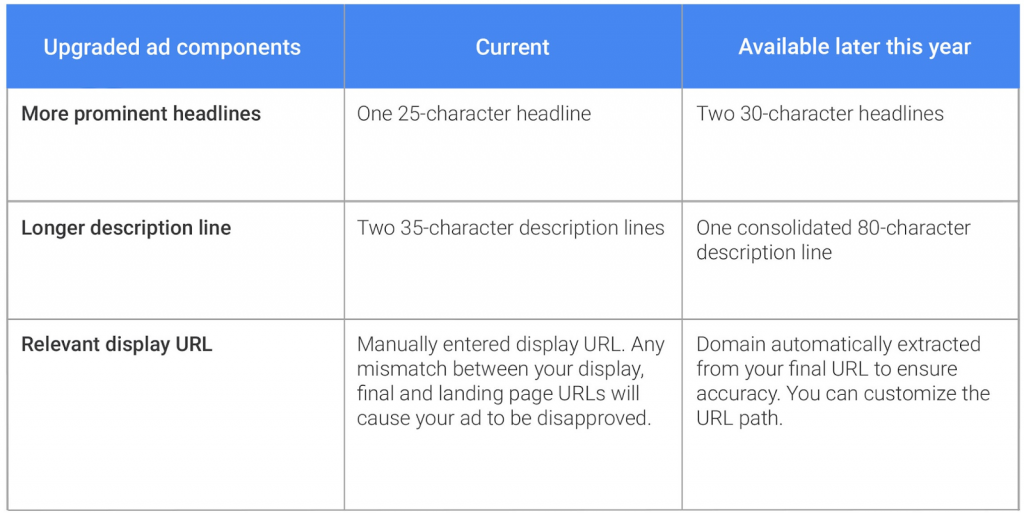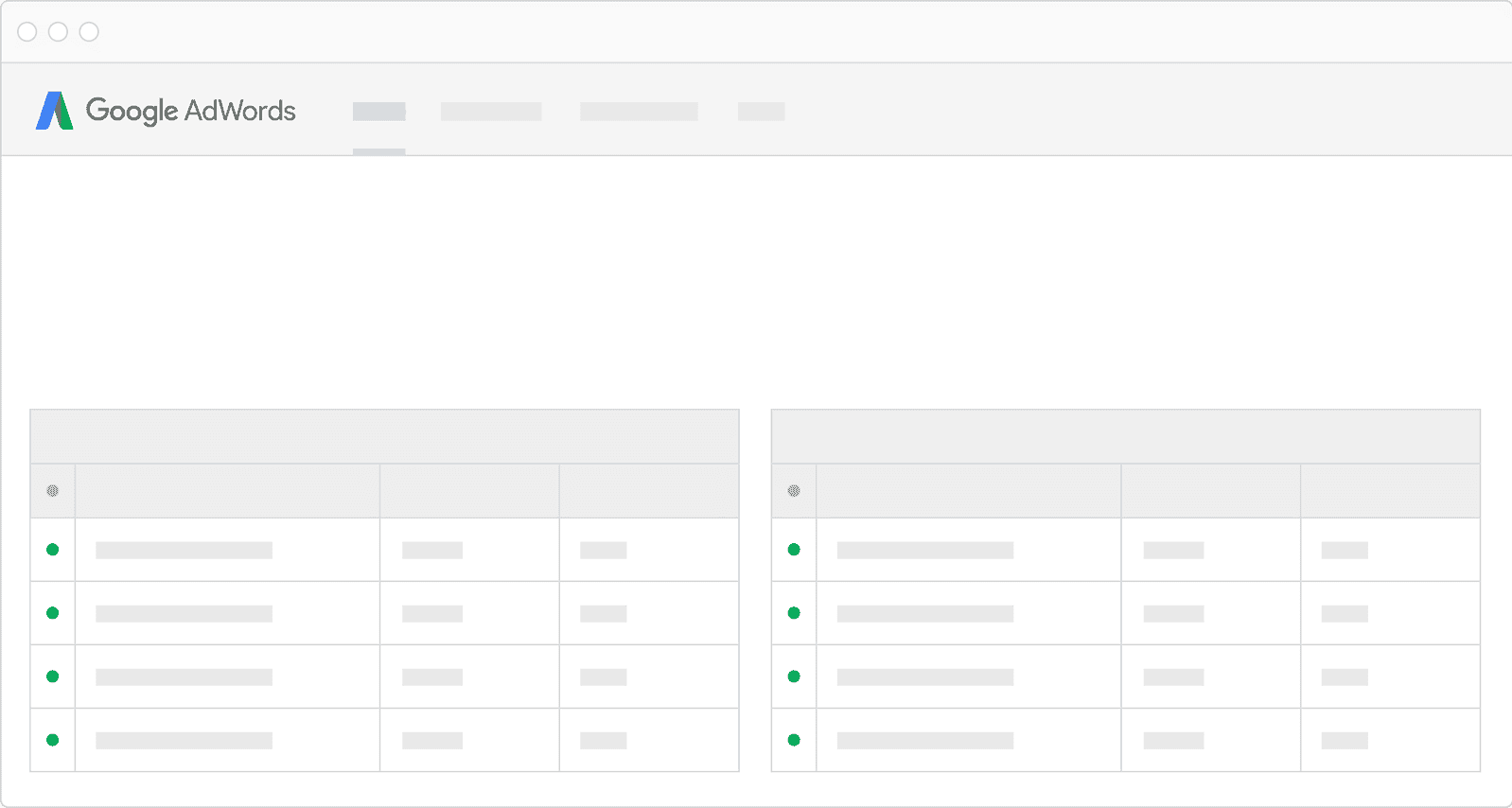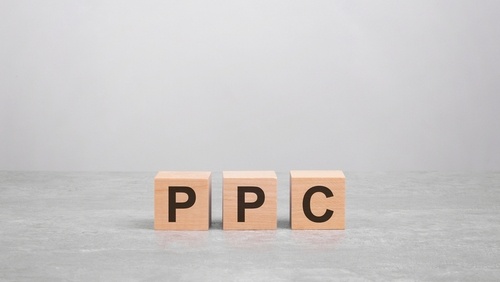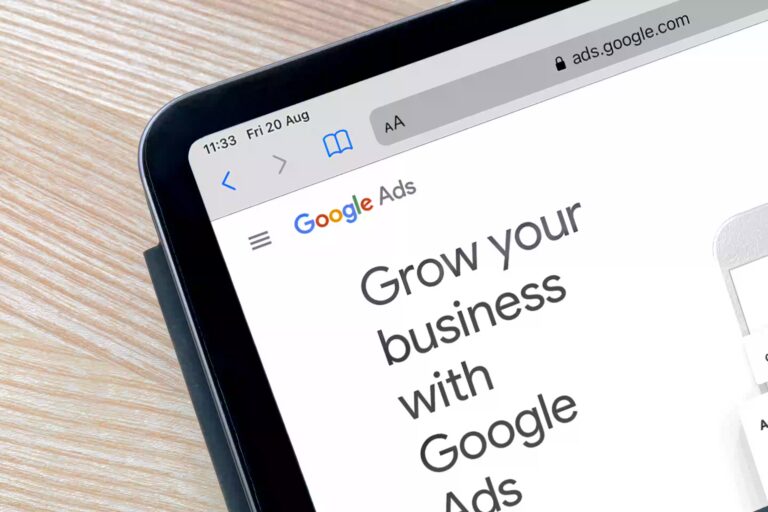Google has announced a new range of changes – including mobile-first bids, new local search features, responsive display ads, and biggest of all, more characters for text search ads across all devices.
Google is once again pushing for a mobile-first world – with AdWords text ads the next way to push for marketers to make the most of mobile search.

Why is Google changing the Character Limits?
There’s a number of reasons why Google would change the limit – but it’s an interesting move to make, as over the 15 years that AdWords has existed, the only real constant has been the 25/35/35 character limit.
Google had previously removed AdWords text ads from the right-hand side of the search results page. These ads had less room overall for text, and could not fit these new limits. By removing these ads, it streamlined the cross-device experience, making search more consistent wherever you are searching.
On top of this, Google now has more room across the entire page, as there’s nothing on the right to block longer ads at the top of the search results.
Mobile is a different canvas for ads, and Google wants to push how mobile-first advertising works. This means that expanded text ads will be eligible across all devices, and optimised across smartphones and mobile devices.
Expanded Text Ads
Due to the mobile-first approach Google has taken, the new expanded text ads will work across screens. Advertisers will now have more room for extra copy in text ads within Google AdWords.
This means that advertisers will now have more room for extra copy in text ads within Google AdWords.
Advertisers will now be able to display ads with two 30-character headlines, compared to the current 25-character headline, and an 80-character line of description copy, compared to the previous two 35-character lines.
Display URLs will now automatically pull through the domain of the landing page, but now Google will allow advertisers to name up to two directory paths, which doesn’t have to reflect the real navigational path, allowing for extra description about the content. Your ads can now provide more information across devices, giving your audience more knowledge of what they are clicking before being directed to your website.
For more detail, the table below is from Google:

Based on testing, Google has said that some advertisers have experienced an increase in clickthrough rates of up to 20% compared to the current text ad format. These changes are set to be introduced later this year.
What should I do next?
You will need to begin planning for this AdWords upgrade before it rolls out. Google has slated this change for “later this year” – but you’ll need to be prepared, as staying ahead of the game is the only way to beat your competitors in the search results.
Google is encouraging you to build your business for mobile – so a mobile-responsive website has never been more vital. The lines between on and offline experiences are continuing to blur – and it’s necessary to stay ahead of the game to keep up with your competitors.
If you need a hand with optimising your AdWords campaigns, or have any other questions, get in touch with the team here at Xanthos today, who will be happy to talk.











